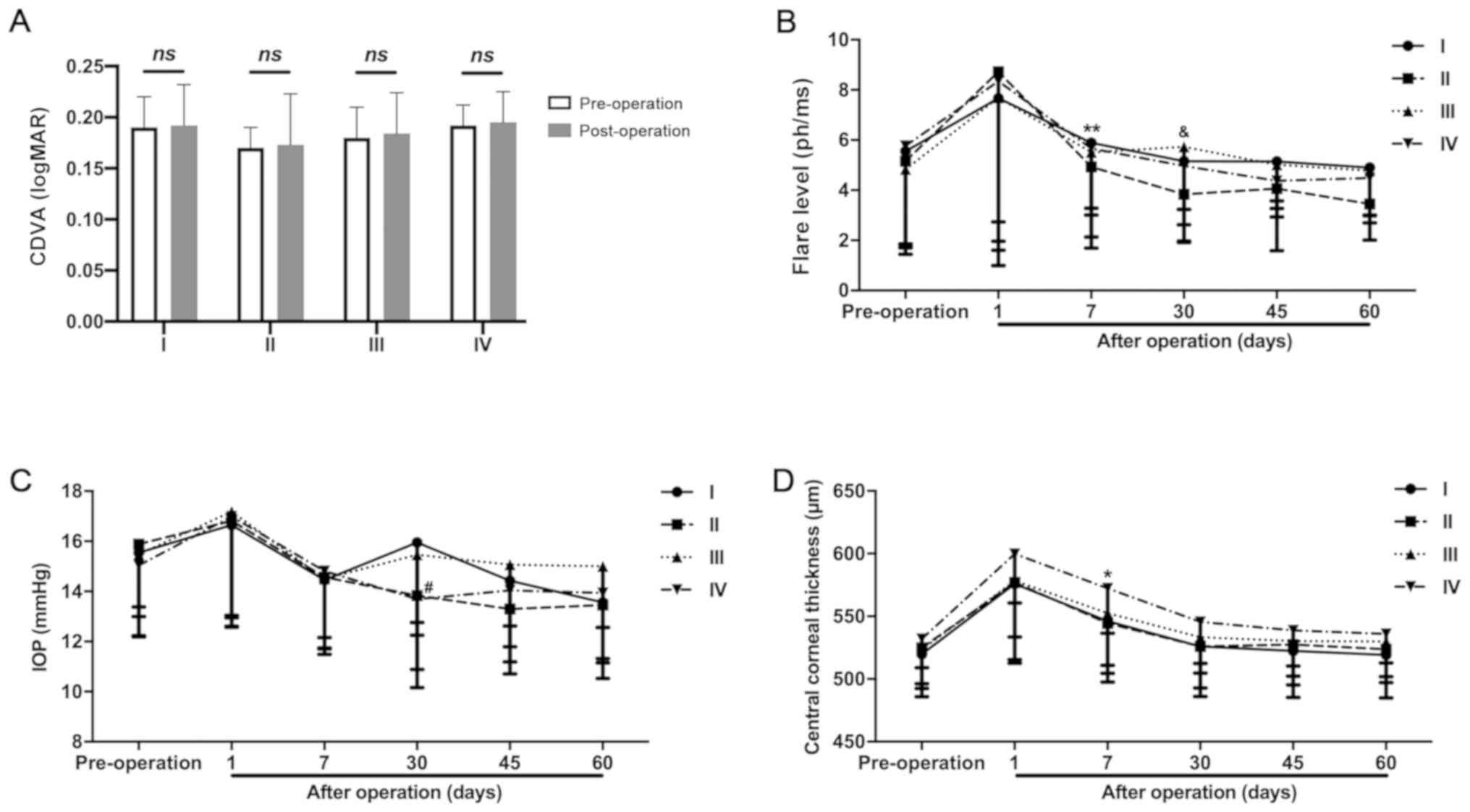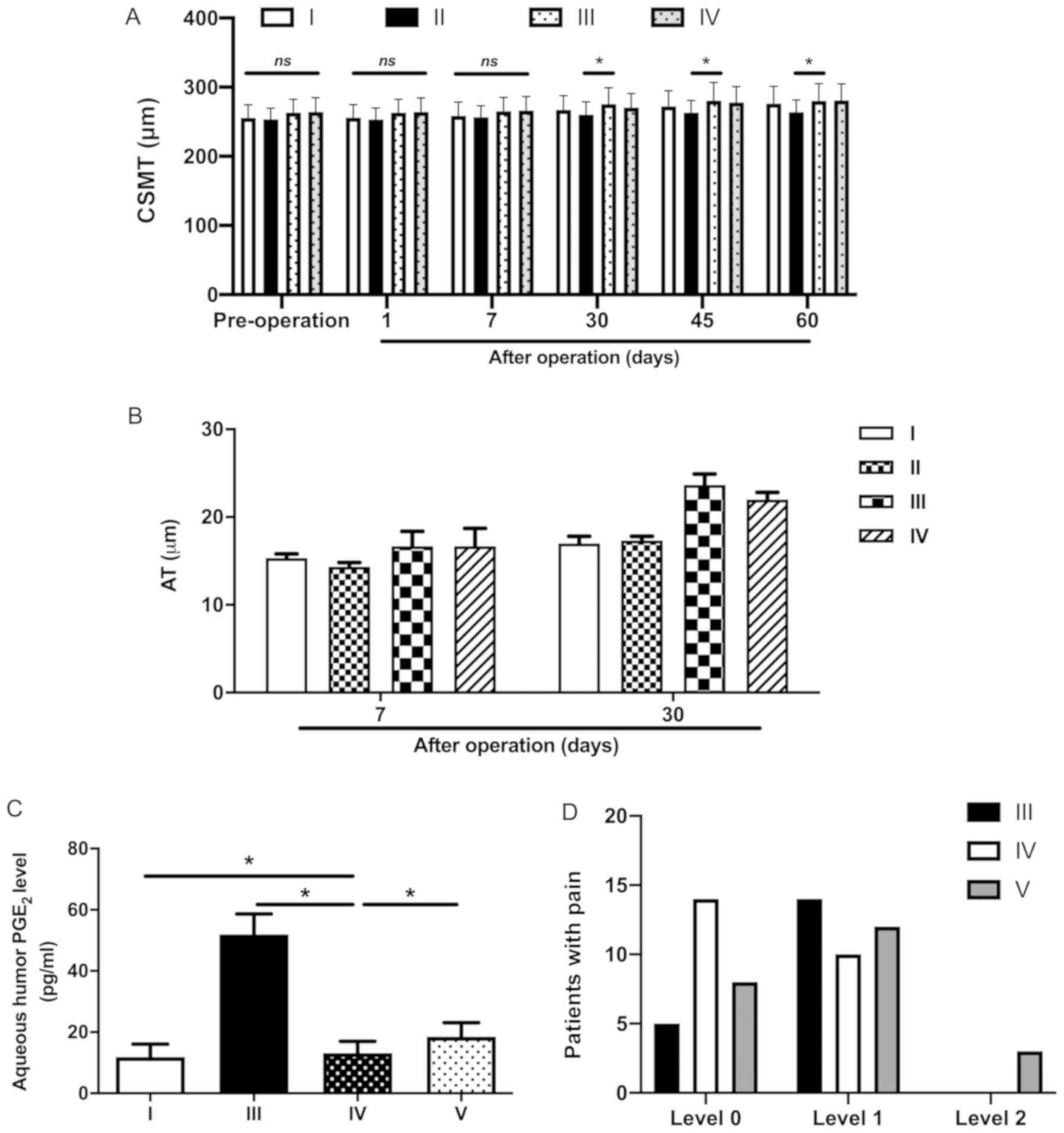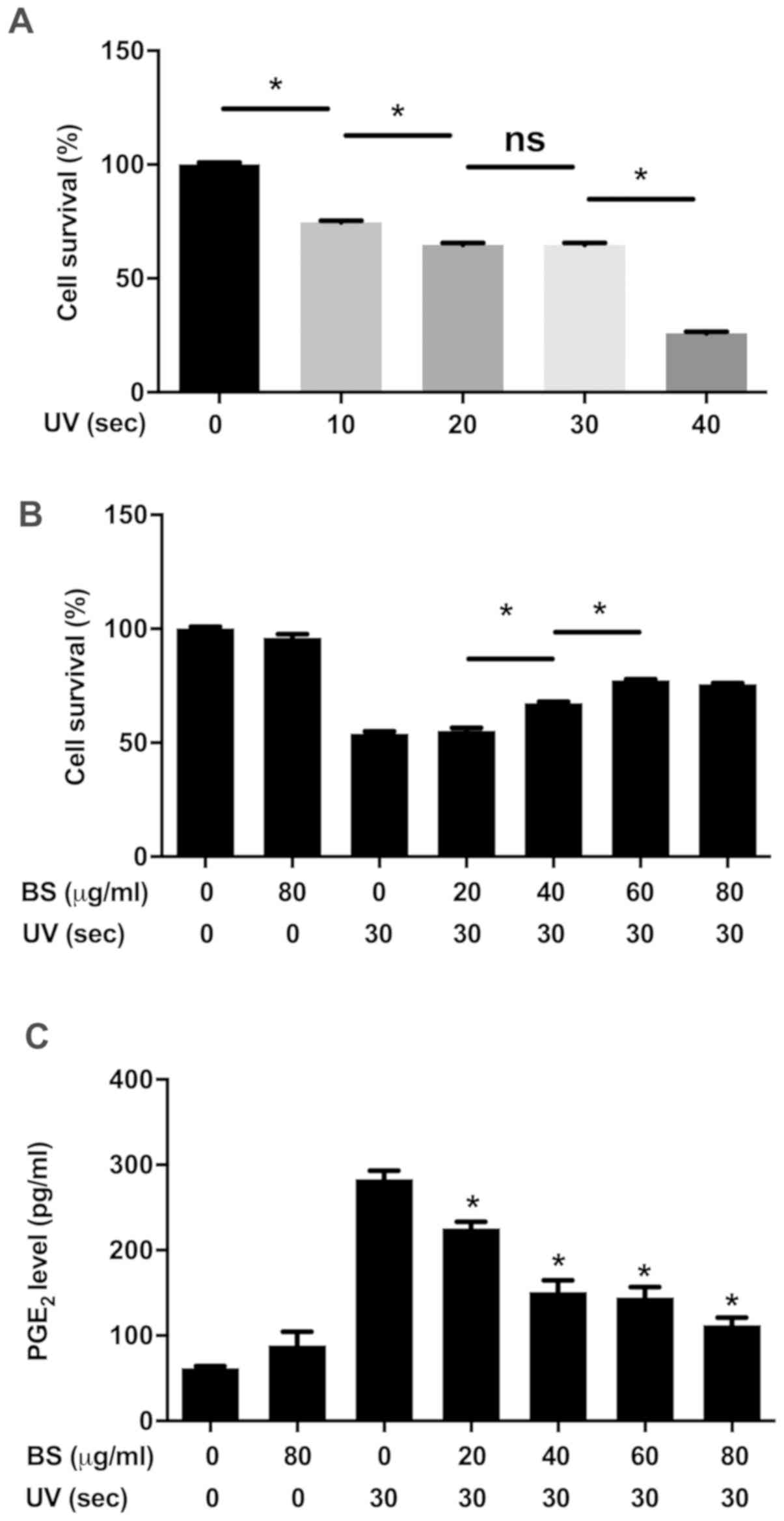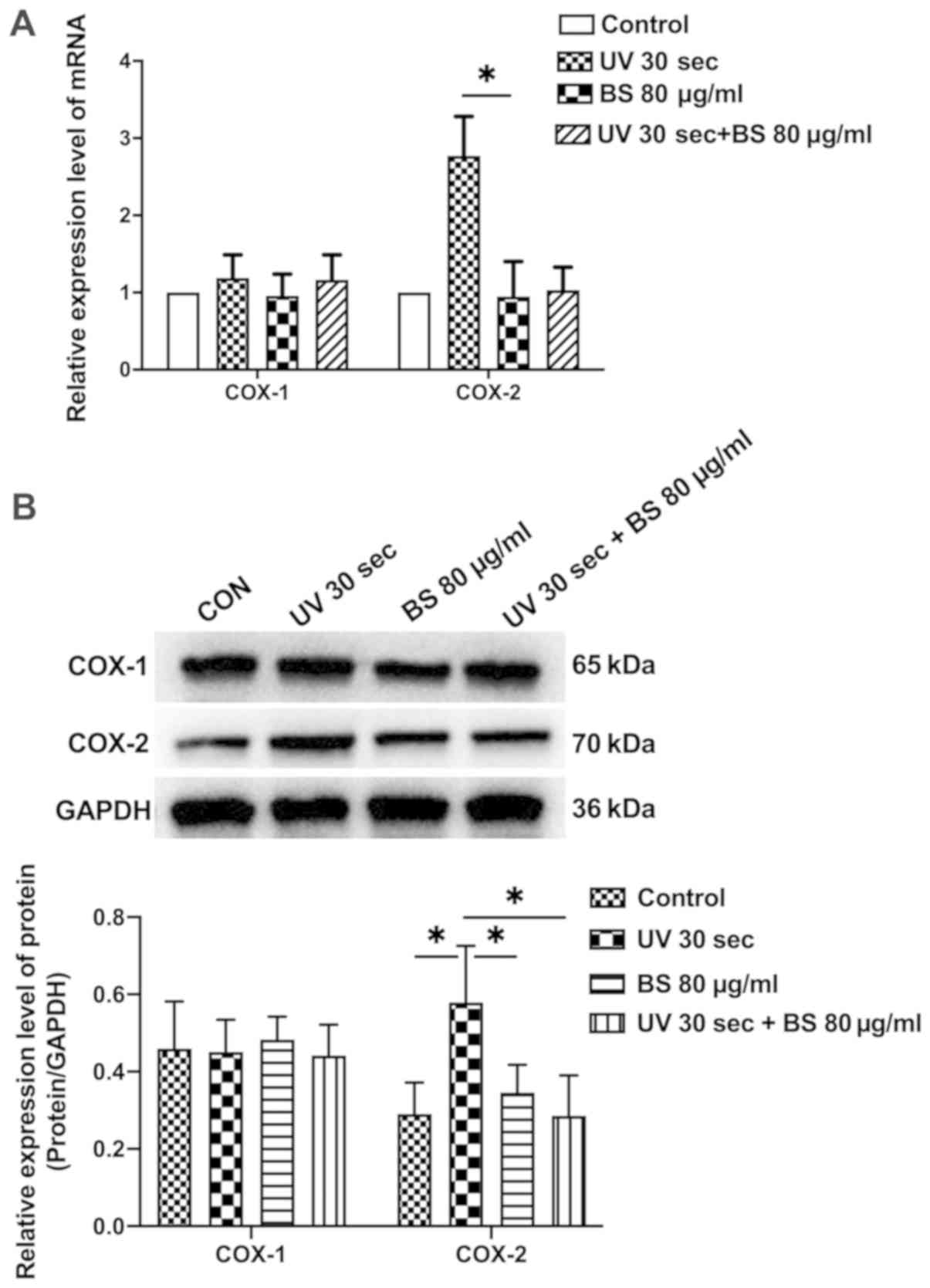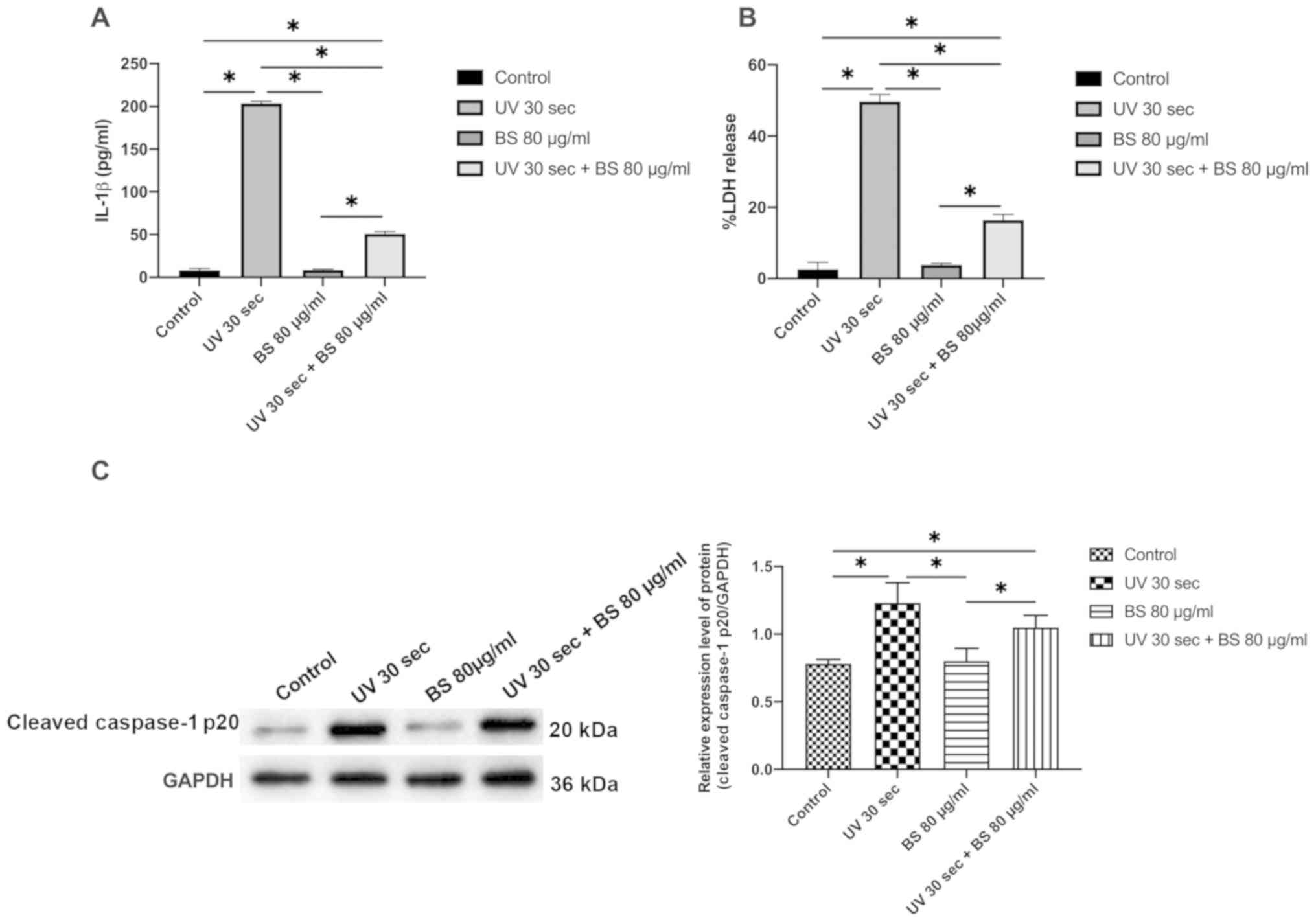|
1
|
Thompson J and Lakhani N: Cataracts. Prim
Care. 42:409–423. 2015. View Article : Google Scholar : PubMed/NCBI
|
|
2
|
Khairallah M, Kahloun R, Bourne R, Limburg
H, Flaxman SR, Jonas JB, Keeffe J, Leasher J, Naidoo K, Pesudovs K,
et al: Number of people blind or visually impaired by cataract
worldwide and in world regions, 1990 to 2010. Invest Ophthalmol Vis
Sci. 56:6762–6769. 2015. View Article : Google Scholar : PubMed/NCBI
|
|
3
|
Dick HB and Schultz T: A review of
laser-assisted versus traditional phacoemulsification cataract
surgery. Ophthalmol Ther. 6:7–18. 2017. View Article : Google Scholar : PubMed/NCBI
|
|
4
|
Pascolini D and Mariotti SP: Global
estimates of visual impairment: 2010. Br J Ophthalmol. 96:614–618.
2012. View Article : Google Scholar : PubMed/NCBI
|
|
5
|
Nordan LT, Slade SG, Baker RN, Suarez C,
Juhasz T and Kurtz R: Femtosecond laser flap creation for laser in
situ keratomileusis: Six-month follow-up of initial U.S. clinical
series. J Refract Surg. 19:8–14. 2003.PubMed/NCBI
|
|
6
|
Farid M and Steinert RF: Femtosecond
laser-assisted corneal surgery. Curr Opin Ophthalmol. 21:288–292.
2010.PubMed/NCBI
|
|
7
|
Whang WJ, Yoo YS, Joo CK and Yoon G:
Comparison of refractive outcomes between femtosecond
laser-assisted cataract surgery and conventional cataract surgery.
Medicine (Baltimore). 97:e137842018. View Article : Google Scholar : PubMed/NCBI
|
|
8
|
Kránitz K, Miháltz K, Sándor GL, Takacs A,
Knorz MC and Nagy ZZ: Intraocular lens tilt and decentration
measured by Scheimpflug camera following manual or femtosecond
laser-created continuous circular capsulotomy. J Refract Surg.
28:259–263. 2012. View Article : Google Scholar : PubMed/NCBI
|
|
9
|
Pereira A, Somani S, Tam ES, Chiu H and
Maini R: Comparison of surgically induced astigmatism and corneal
morphological features between femtosecond laser and manual clear
corneal incisions. J Refract Surg. 35:796–802. 2019. View Article : Google Scholar : PubMed/NCBI
|
|
10
|
Nagy Z, Takacs A, Filkorn T and Sarayba M:
Initial clinical evaluation of an intraocular femtosecond laser in
cataract surgery. J Refract Surg. 25:1053–1060. 2009. View Article : Google Scholar : PubMed/NCBI
|
|
11
|
Nagy ZZ, Takacs AI, Filkorn T, Kránitz K,
Gyenes A, Juhász É, Sándor GL, Kovacs I, Juhász T and Slade S:
Complications of femtosecond laser-assisted cataract surgery. J
Cataract Refract Surg. 40:20–28. 2014. View Article : Google Scholar : PubMed/NCBI
|
|
12
|
Juthani VV, Clearfield E and Chuck RS:
Non-steroidal anti-inflammatory drugs versus corticosteroids for
controlling inflammation after uncomplicated cataract surgery.
Cochrane Database Syst Rev. 7:CD0105162017.PubMed/NCBI
|
|
13
|
Hirneiss C, Neubauer AS, Kampik A and
Schönfeld CL: Comparison of prednisolone 1%, rimexolone 1% and
ketorolac tromethamine 0.5% after cataract extraction: A
prospective, randomized, double-masked study. Graefes Arch Clin Exp
Ophthalmol. 243:768–773. 2005. View Article : Google Scholar : PubMed/NCBI
|
|
14
|
Jones J and Francis P: Ophthalmic utility
of topical bromfenac, a twice-daily nonsteroidal anti-inflammatory
agent. Expert Opin Pharmacother. 10:2379–2385. 2009. View Article : Google Scholar : PubMed/NCBI
|
|
15
|
Emery JM and Little JH: Patient selection.
Phacoemulsification and Aspiration of Cataract. C. V. Mosby. (St.
Louis, MO). 45–48. 1979.
|
|
16
|
Kelman CD: Phaco-Emulsification and
Aspiration: A New Technique of Cataract Removal: A Preliminary
Report. Am J Ophthalmol. 191:2018. View Article : Google Scholar : PubMed/NCBI
|
|
17
|
Marsden J, Stevens S and Ebri A: How to
measure distance visual acuity. Community Eye Health.
27:162014.PubMed/NCBI
|
|
18
|
Daut RL, Cleeland CS and Flanery RC:
Development of the Wisconsin Brief Pain Questionnaire to assess
pain in cancer and other diseases. Pain. 17:197–210. 1983.
View Article : Google Scholar : PubMed/NCBI
|
|
19
|
Livak KJ and Schmittgen TD: Analysis of
relative gene expression data using real-time quantitative PCR and
the 2(-Delta Delta C(T)) method. Methods. 25:402–408. 2001.
View Article : Google Scholar : PubMed/NCBI
|
|
20
|
Schultz T, Joachim SC, Kuehn M and Dick
HB: Changes in prostaglandin levels in patients undergoing
femtosecond laser-assisted cataract surgery. J Refract Surg.
29:742–747. 2013. View Article : Google Scholar : PubMed/NCBI
|
|
21
|
Parihar J, Sahoo PK, Dash RG and Kamath
AP: An advanced cataract surgery by phacoemulsification: An initial
experience. Med J Armed Forces India. 54:229–231. 1998. View Article : Google Scholar : PubMed/NCBI
|
|
22
|
Dick HB, Kohnen T, Jacobi FK and Jacobi
KW: Long-term endothelial cell loss following phacoemulsification
through a temporal clear corneal incision. J Cataract Refract Surg.
22:63–71. 1996. View Article : Google Scholar : PubMed/NCBI
|
|
23
|
Zhang X, Yu Y, Zhang G, Zhou Y, Zhao G,
Chen M, Wang Y, Zhu S, Zhang H and Yao K: Performance of
femtosecond laser-assisted cataract surgery in Chinese patients
with cataract: A prospective, multicenter, registry study. BMC
Ophthalmol. 19:772019. View Article : Google Scholar : PubMed/NCBI
|
|
24
|
Kerr NM, Abell RG, Vote BJ and Toh T:
Intraocular pressure during femtosecond laser pretreatment of
cataract. J Cataract Refract Surg. 39:339–342. 2013. View Article : Google Scholar : PubMed/NCBI
|
|
25
|
Flach AJ: The incidence, pathogenesis and
treatment of cystoid macular edema following cataract surgery.
Trans Am Ophthalmol Soc. 96:557–634. 1998.PubMed/NCBI
|
|
26
|
Wittpenn JR, Silverstein S, Heier J,
Kenyon KR, Hunkeler JD and Earl M; Acular LS for Cystoid Macular
Edema (ACME) Study Group, : A randomized, masked comparison of
topical ketorolac 0.4% plus steroid vs steroid alone in low-risk
cataract surgery patients. Am J Ophthalmol. 146:554–560. 2008.
View Article : Google Scholar : PubMed/NCBI
|
|
27
|
Ricciotti E and FitzGerald GA:
Prostaglandins and inflammation. Arterioscler Thromb Vasc Biol.
31:986–1000. 2011. View Article : Google Scholar : PubMed/NCBI
|
|
28
|
Solomon KD, Turkalj JW, Whiteside SB,
Stewart JA and Apple DJ: Topical 0.5% ketorolac vs 0.03%
flurbiprofen for inhibition of miosis during cataract surgery. Arch
Ophthalmol. 115:1119–1122. 1997. View Article : Google Scholar : PubMed/NCBI
|
|
29
|
Gimbel HV: The effect of treatment with
topical nonsteroidal anti-inflammatory drugs with and without
intraoperative epinephrine on the maintenance of mydriasis during
cataract surgery. Ophthalmology. 96:585–588. 1989. View Article : Google Scholar : PubMed/NCBI
|
|
30
|
Bucci FA Jr and Waterbury LD: Aqueous
prostaglandin E(2) of cataract patients at trough ketorolac and
bromfenac levels after 2 days dosing. Adv Ther. 26:645–650. 2009.
View Article : Google Scholar : PubMed/NCBI
|
|
31
|
Jin X, Jin H, Shi Y, Guo Y and Zhang H:
Pyroptosis, a novel mechanism implicated in cataracts. Mol Med Rep.
18:2277–2285. 2018.PubMed/NCBI
|
|
32
|
Davis BK, Wen H and Ting JP: The
inflammasome NLRs in immunity, inflammation, and associated
diseases. Annu Rev Immunol. 29:707–735. 2011. View Article : Google Scholar : PubMed/NCBI
|















